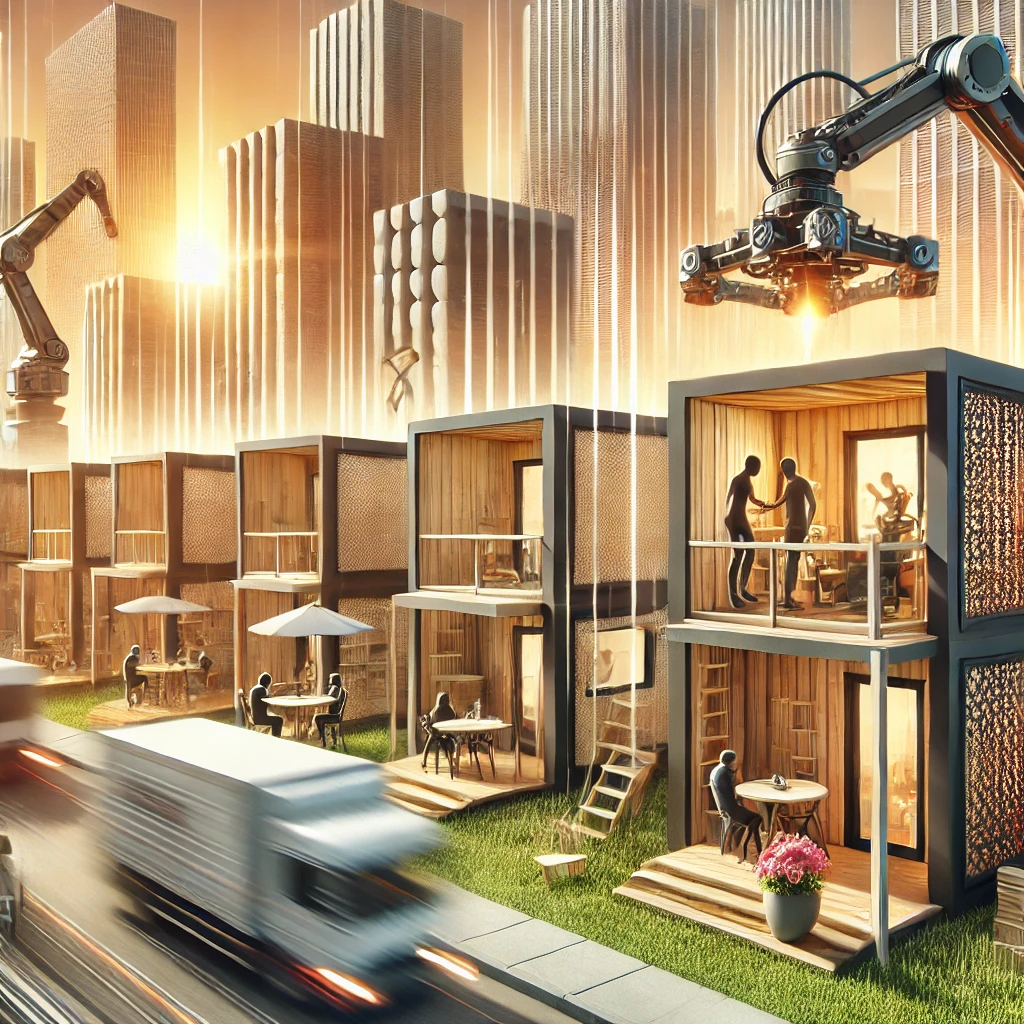Digital fabrication is the use of computer-controlled tools to create three-dimensional objects. It is a rapidly evolving field that is having a major impact on architecture.
One of the most significant ways that digital fabrication is changing architecture is by enabling the creation of more complex and intricate designs. In the past, architects were limited by the materials and tools that were available to them. But with digital fabrication, they can now create designs that would be impossible to build with traditional methods.
For example, the DFAB House in Zurich, Switzerland is a research project that explores the potential of digital fabrication in architecture. The house is made up of a variety of 3D-printed components, including the walls, floors, and roof. The project demonstrates how digital fabrication can be used to create sustainable, energy-efficient homes that are also aesthetically pleasing.
Another way that digital fabrication is changing architecture is by making it more efficient. Traditional construction methods are often time-consuming and labor-intensive. But with digital fabrication, many of the tasks involved in construction can be automated. This can lead to significant savings in time and money.
For example, the SAM (Semi-Automated Mason) robot is capable of laying bricks at almost three times the speed of a human worker. This robot could be used to automate the construction of walls and other masonry structures.
Digital fabrication is also having a positive impact on the housing crisis. By making it possible to build homes more quickly and efficiently, digital fabrication could help to reduce the cost of housing. Additionally, digital fabrication could be used to create more sustainable and energy-efficient homes, which would help to reduce the environmental impact of the housing sector.
Of course, digital fabrication is not a silver bullet. It is one of many tools that can be used to address the housing crisis. But it is a promising technology that has the potential to make a significant difference.
Here are some other ways that digital fabrication is being used in architecture:
- To create custom-made furniture and fixtures
- To produce lightweight and durable structures
- To improve the energy efficiency of buildings
- To create more accessible and adaptable spaces
- To reduce waste and pollution
As digital fabrication continues to develop, it is likely to have an even greater impact on architecture. It has the potential to revolutionize the way we design, build, and live in our homes.
